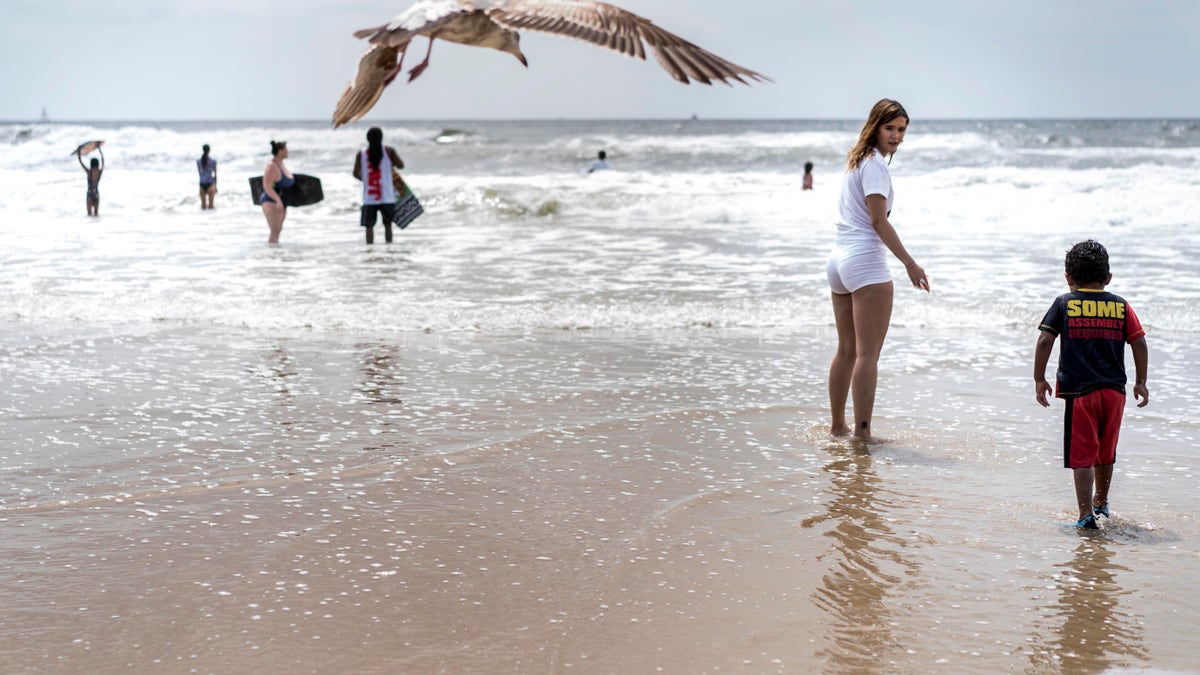Fox News Flash top headlines for June 1
Fox News Flash top headlines are here. Check out what's clicking on Foxnews.com.
Get all the latest news on coronavirus and more delivered daily to your inbox. Sign up here.
As states across America being to reopen, some scientists are voicing fears about so-called "superspreaders" who may be responsible for larger numbers of coronavirus cases through airborne transmission.
Although many businesses are reopening with stringent social distancing guidelines, those practices vary significantly from state to state and even from city to city within various states.
Kimberly Prather, an atmospheric chemist at University of California San Diego’s Scripps Institution of Oceanography, wrote in a recent perspective paper in Science that a review of existing literature provides evidence that the new coronavirus can linger in the air, perhaps even for hours, before entering a person’s lungs.
"Evidence suggests that SARS-CoV-2 is silently spreading in aerosols exhaled by highly contagious infected individuals with no symptoms. Owing to their smaller size, aerosols may lead to higher severity of COVID-19 because virus-containing aerosols penetrate more deeply into the lungs," the paper concluded.
COVID-19 'DEATHS OF DESPAIR' COULD REACH 150,000, NEW STUDY SUGGESTS

With social distancing guidelines enforced, crowds gathered on Mission Beach on Memorial Day weekend during the COVID-19 pandemic in San Diego, California. (Photo by Melina Mara/The Washington Post via Getty Images)
That initial paper from Prather and her colleagues was meant to encourage the widespread adoption of wearing a mask in public. Researchers are still trying to figure out whether aerosols can pack a strong enough viral punch to infect people; some scientists believe that more study is needed, while others say enough evidence already exists to proceed with caution.
“People should be wary of crowded, indoor spaces and those with poor ventilation,” Linsey Marr, an aerosol scientist at Virginia Tech and one of the country’s top experts on the airborne transmission of viruses, told the San Diego Union-Tribune.
COVID-19 COULD BE SEASONAL ILLNESS THAT RETURNS AS HUMIDITY DECREASES, NEW AUSTRALIA STUDY REVEALS
Scientists now believe that infected people can pass along the virus before they start showing any symptoms (like coughing). That's part of why aerosol experts wonder how droplets could be the main form of transmission -- since a large percentage of infections are blamed on asymptomatic people.
According to the San Diego Union-Tribune, scientists are working with environmental engineers to find solutions for building owners to make them safe for workers. That could mean limiting recirculated air or even zapping rooms with ultraviolet light.
As of Monday evening, there were more than 1.7 million infections and at least 104,702 deaths from COVID-19 in America.
